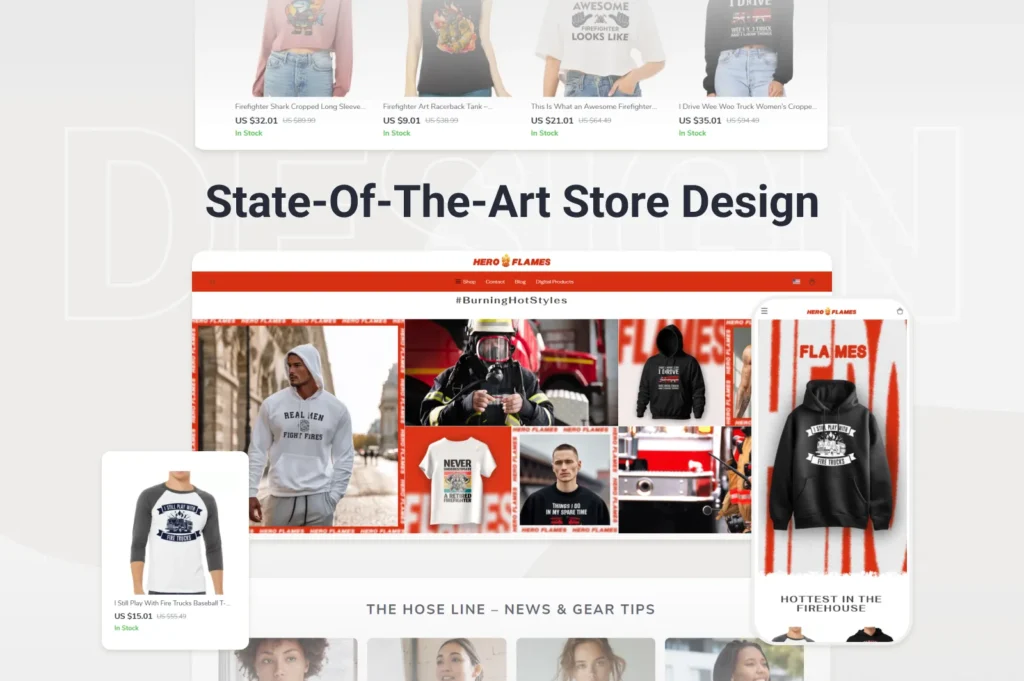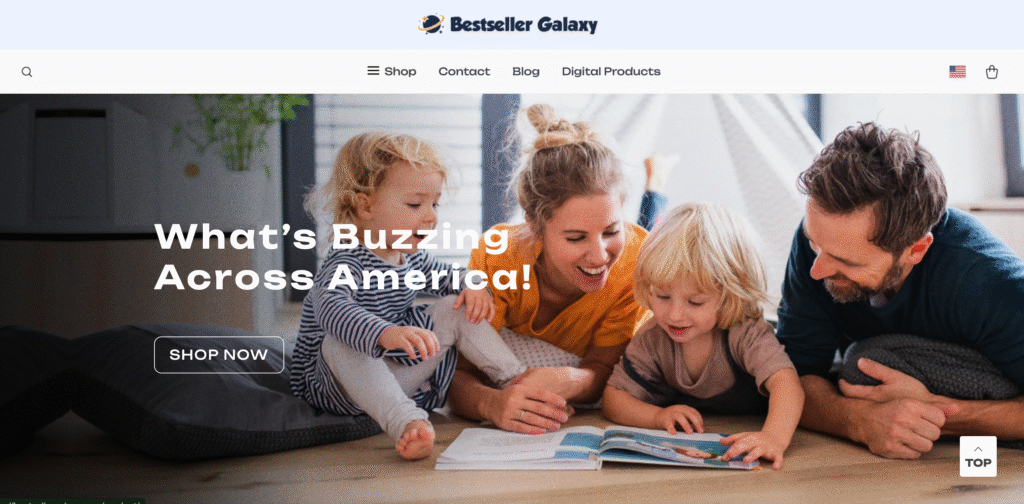Starting an online business is like learning a new skill — there are plenty of moving parts, but each one makes more sense as you go. You’ve got the dream, the passion, maybe even a decent product idea. But between inventory management, social media marketing, customer service, and trying to figure out why your conversion rate is lower than your morning coffee tolerance, you’re drowning in a sea of tasks that feel impossible to master.
Here’s the thing: successful entrepreneurs aren’t superhuman. They’re just really good at leveraging the right tools to work smarter, not harder. And contrary to what every “guru” wants you to believe, you don’t need a $500/month software stack to compete with the big players.
But here’s what nobody talks about: tools are just amplifiers. They’ll make a good business great, but they can’t fix fundamental problems. Before diving into any toolkit, ask yourself the hardest question: is your business model actually working?
The Free Tool Arsenal That Actually Moves the Needle
1. Canva: Your Visual Credibility Machine

In eCommerce, first impressions happen fast — often within seconds of someone landing on your site. The good news? A polished, professional look immediately builds confidence and trust with potential customers. Pixelated product photos or amateur-looking social posts don’t just hurt your brand; they kill sales.
Canva democratizes design in a way that would’ve been unthinkable five years ago. Their templates aren’t just pretty — they’re psychologically optimized for engagement. The drag-and-drop interface means you can create scroll-stopping Instagram content, compelling Facebook ads, or professional email headers without touching Photoshop.
Pro tip: use Canva’s brand kit feature religiously. Consistency builds trust, and trust drives conversions. Every graphic should feel like it came from the same company, whether it’s a quick Instagram story or your homepage banner.
2. Mailchimp: Your Direct Line to Revenue

Mailchimp’s free tier gives you everything needed to build a serious email operation. Create signup forms that don’t look spammy, design newsletters that people actually want to read, and set up automated welcome sequences that turn strangers into customers while you sleep.
The real magic happens with segmentation. Not all customers are created equal, and your messaging shouldn’t treat them that way. Someone who’s bought from you five times deserves different communication than someone who just signed up for your newsletter.
3. Google Analytics: Your Business Truth Detector

Start with the holy trinity of eCommerce metrics: traffic sources ( where are customers finding you?), bounce rate (are people leaving immediately?), and conversion rate (what percentage of visitors actually buy?). These three numbers will tell you more about your business health than any vanity metric.
The goal isn’t to become a data scientist—it’s to make better decisions. When you know that Pinterest drives 40% of your traffic but only 5% of your sales, you can adjust your strategy accordingly.
4. Trello: Your Chaos Controller

Think of it as your business command center. Create boards for different aspects of your operation: content calendar, product launches, customer issues, seasonal campaigns. Each task becomes a card that moves through your workflow, giving you a bird’s-eye view of everything happening in your business.
The satisfaction of moving cards from “ To Do” to “Done” isn’t just psychological — it’s strategic. You’ll start completing projects instead of just starting them.
5. AnswerThePublic: Your Customer Mind Reader

AnswerThePublic turns search data into actionable content strategy. Enter your product category and discover the exact questions your potential customers are asking. Each query is a content opportunity, a blog post topic, or a product page enhancement.
This isn’t just about traffic — it’s about authority. When you consistently answer the questions your customers are asking, you become the go- to resource in your niche. That authority translates directly into sales.
Need help setting this up? At Offiro, our specialists handle the technical setup for all acquired stores, including SEO optimization and content strategy implementation. You get the business — we ensure it’s running at peak performance from day one.
6. Bitly: Your Link Intelligence System

Create custom URLs for different campaigns (bit.ly/summer-sale, bit.ly/instagram-bio) and track performance across platforms. No more guessing which influencer collaboration worked or whether that Facebook ad was worth the investment.
7. HubSpot CRM: Your Relationship Multiplier

HubSpot CRM offers several tools for your digital storefront, like live chat and others. The live chat feature alone can transform your conversion rates. When someone’s hesitating on your product page, a well-timed chat message can address concerns and close sales in real-time. It’s like having a salesperson on your website 24/7.
The Reality Check: When Tools Aren’t Enough
Here’s what the “productivity guru” crowd won’t tell you: tools only amplify what’s already working. If your product-market fit is questionable, if your target audience isn’t clearly defined, or if your value proposition is weak, no amount of optimization will save you.
Sometimes, the smartest move isn’t to build better systems — it’s to start with a proven foundation.
What 90% of Entrepreneurs Get Wrong About Starting
Most founders assume building from zero is some entrepreneurial rite of passage. Spend months debugging Shopify themes, bleeding money on Facebook ads that don’t convert, and praying your inventory sells before it spoils. This bootstrap mythology sounds heroic, but it’s financially reckless.
Another approach has been made accessible by marketplaces like Offiro, which curate and verify profitable eCommerce stores, presenting their financials and performance history with transparent clarity. The strategic question becomes clear: why spend a year validating an idea for a handmade jewelry brand ( or any other brand) when you can take ownership of a store that is already generating verifiable revenue?
This approach transforms those seven tools from theoretical helpers into immediate profit accelerators. Use Google Analytics on a store that already converts. Deploy Mailchimp with the existing subscriber base that comes with your Offiro store — customers who already know and trust the brand. Use Canva to improve graphics that customers already engage with, rather than creating content for an empty Instagram feed.
The acquisition route isn’t laziness — it’s capital efficiency. Every month spent learning fundamentals is a month competitors capture market share you’ll never recover.
The Real Choice Every Entrepreneur Faces

Those seven free tools will serve you regardless of your starting point. But their impact multiplies exponentially when applied to established operations rather than experimental ventures. Deploy them on proven foundations, and watch what happens when optimization meets existing momentum.
The question isn’t whether you have what it takes to build a business. The question is whether you’re willing to start ahead of the starting line.
Browse profitable stores at Offiro.com and discover what happens when proven systems meet ambitious execution.

















